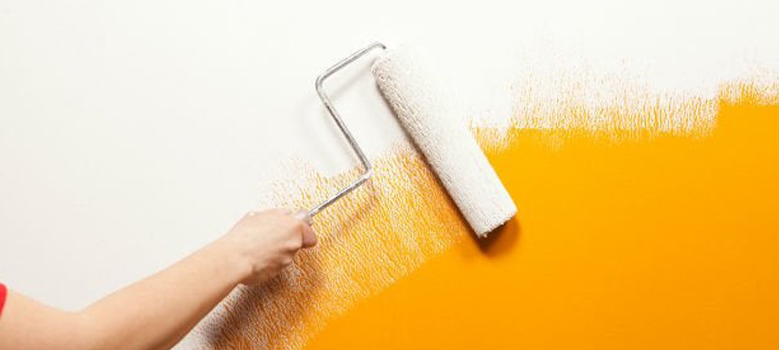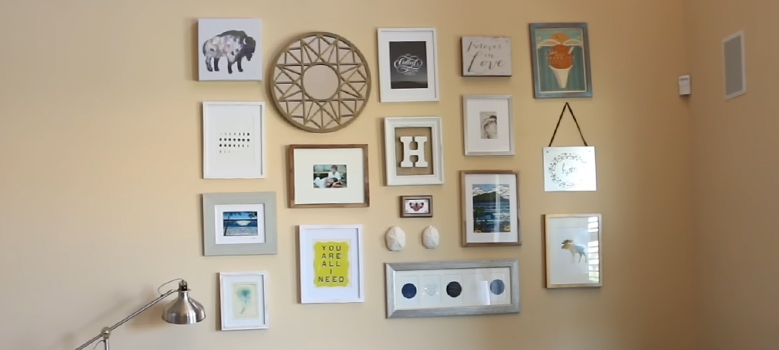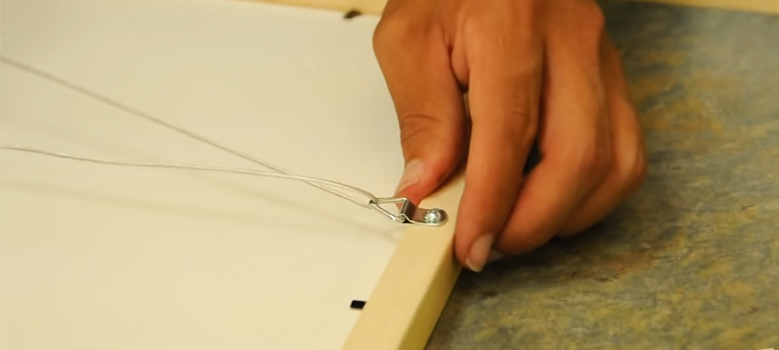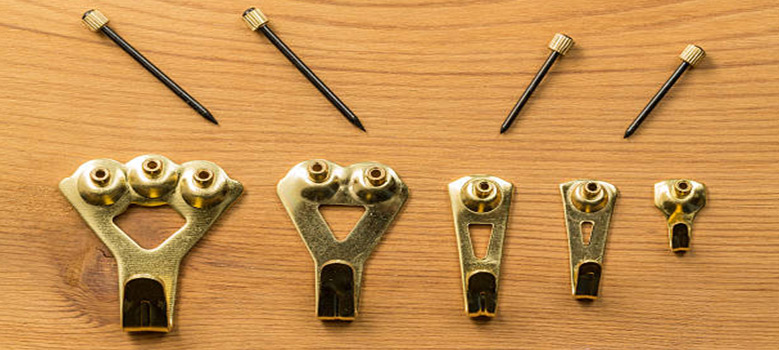People want to paint their walls to give them protection and enhance the wall’s beauty. But before painting on the wall, you need to use a primer. Actually, primer provides an even and smooth surface for the painting layer to go on top. In addition, primer makes it possible that paint can adhere to the wall well. Moreover, primer improves the longevity and durability of the paint coat.
You can have three different types of primer to use on the wall before painting. The types of primer are latex, shellac, and oil-based. According to your need, you should apply primer to your wall. If you do not know how primer should look on a wall, then I am here to help you with this article. So, let’s get started.
How Should Primer Look on a Wall?
You have to remember that the primer should not look streaky on a wall. The primer should not have any visible drip lines on the wall also. You should apply your primer in a uniform manner. It is very important to cover the wall surface with an even coat of primer. You need to make sure of a fairly uniform appearance before paint. Actually, there is no need to cover old coats of paint with primer to get a flawless impression of the new paint.
In addition, you should not apply primer as the large variations in coverage. Because of a streaky or uneven coat of primer, you can also have an uneven paint job. It is okay to see the previous paint color slightly through the primer.
If you want to paint over a dark color, you should apply two coats of primer. Furthermore, using a primer on ceilings and walls with a ¾ inches nap roller is very effective. Because of stained walls and even a new wall, applying two coats of primer is necessary. However, you require two coats of primer for a plank of unfinished wood or bare drywall. After applying the first coat of the primer, you have to wait for two hours to apply the second coat of it.
On the other hand, you need one coat of primer when you are going to paint a light color over your white wall. Remember that there should not have any roller marks after using primer on the surface. In all these cases, it is the most important matter to use a primer of high quality.
If you take these matters into account before painting a wall, then you can have a beautiful experience of coloring the wall. With these matters, you will get a perfect look at the wall primer.
Is Primer Supposed to Look Patchy?
It is a crucial thing to prime the surface thoroughly. Actually, the purpose of using a primer is to provide the wall with uniform absorption properties. Though you do not need to have a perfect primer coat, it should cover the entire surface without any bare spots. However, there should not have such a patchy look on the wall after applying primer. You have to make sure that there is no visible unevenness and drips on the surface.
How Long Should I Wait Between Primer Coats?
You have to wait sometime between primer coats before painting over the primer. You need to give at least 24 hours when applying the second coat of the primer over the first coat. Again, it is necessary to give space when applying a coat of colored paint. You should give space to get an ideal surface for the next coat of color to adhere.
How Do I Know If My Primer is Enough?
It is very important to know if the primer is enough or not. Otherwise, you cannot get a perfect color on the surface. You can understand the matter by using a wet sponge or cloth. By wiping the surface, you can realize if the primer is enough. A primer is needed if the wall sucks up the water from the cloth or sponge. On the other hand, if the surface does not suck up water from the sponge or cloth, then there is no need to apply a primer.
Frequently Asked Questions
Do I Need Two Coats of Primer?
You may need two coats of primer. If you want to paint over a very dark surface, then you need to try two coats of primer. In addition, when you want to paint over an unfinished wooden surface or bare drywall, then you need to apply two coats of primer.
Is It Necessary for Them to Be Smooth?
Every people who apply primer on their wall has a common question. They are very concerned about the smoothness of the primer they use. Generally, for a primer, there is no need to be smooth. You have to make it light grooves to enable the paint to bond it.
Why Is the Primer Showing through Paint?
You can still see the colors underneath the primer you have used. If you prime over bold colors, then it happens when the wall dries. It is a natural thing. Since the layer of the primer acts like a layer of plastic wrap, it happens. So, do not panic.
Do I Sand after Priming Walls?
It is a very common step to sand the wall after priming. But as the task is so difficult, people generally skip sanding their walls. Sanding after priming removes lumps and paper fuzz that shows through the paint job. In addition, sanding before painting is essential to fill the imperfections with joint compounds.
How Can I Prevent Streaky primer?
You can prevent streaky primer by using a high-quality primer. Then the necessary thing is to use a roller with 3/8 inches nap for the ceiling and wall. Furthermore, you have to paint the surface evenly.
Is It Essential to Cover Old Paint?
No. There is no need to cover old paint when you are using primer. Primer actually provides optimal coverage and allows the new paint to stick by acting as a barrier. So, if you can see old color shades on the surface still, then do not worry.
Can I Use a Roller When Applying primer?
Yes, you can use a roller when applying primer. As primer promotes truer color and better adhesion from the topcoat paint, it is important to finish priming perfectly. So, firstly, apply a brush to cut in around the borders, and then you can use a roller to fill in.
Do Professional Painters Clean a Wall before Painting?
Yes, professional painters wash their walls for cleaning purposes before painting. In an exterior painting, it is very necessary to power-wash a wall before painting. They sometimes do hand-scrubbing also. They try to make sure it is free of surface contaminants.
Conclusion
You can call a primer a versatile problem solver. It helps you by facing different challenges while painting any surface, especially a wall. Moreover, a primer neutralizes a base wall color. You should apply wall primer according to your need, but you always have to be sure if the primer is qualitative. If you want to prevent streaky primer, then you can use a water-based primer.






